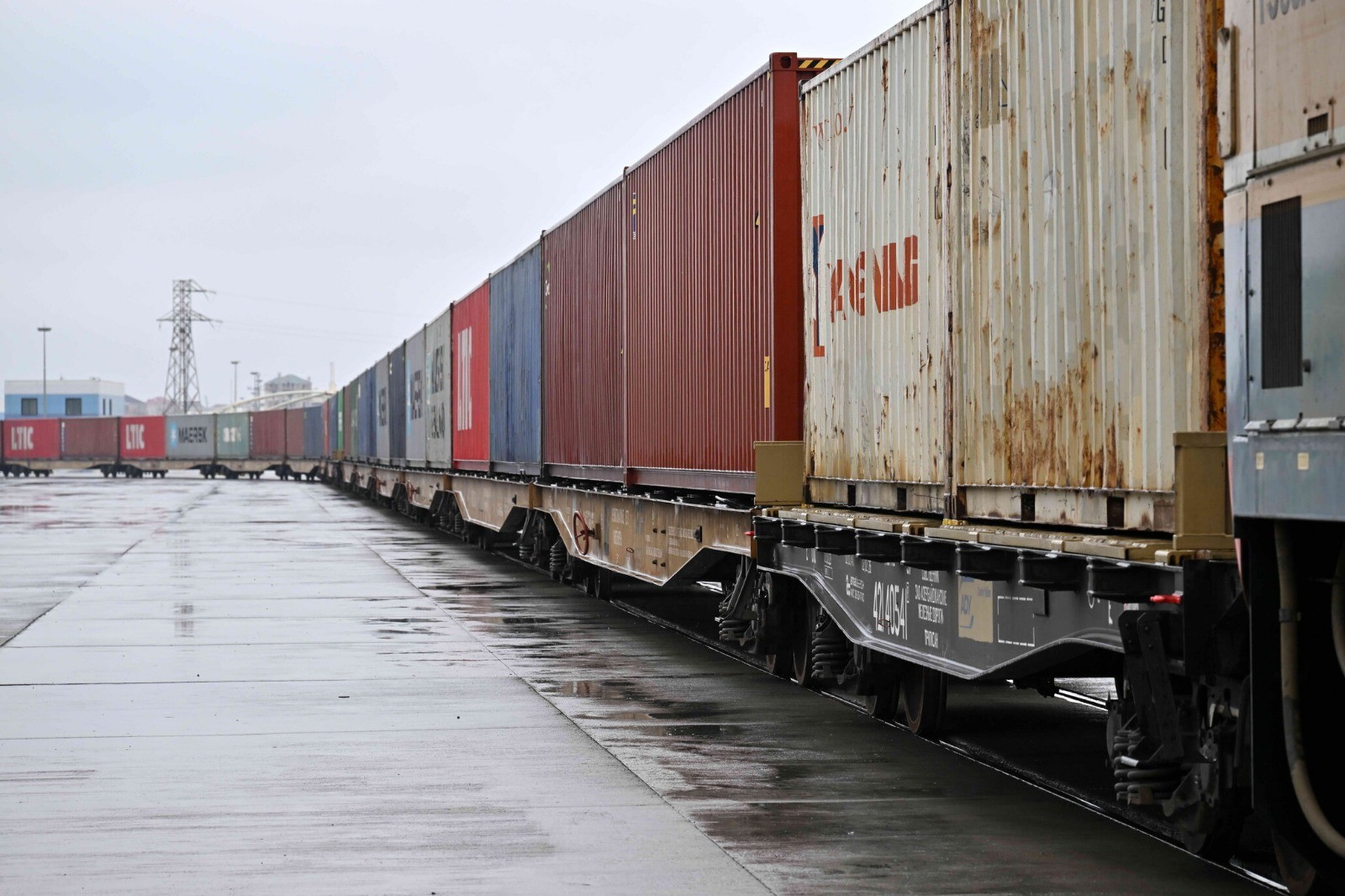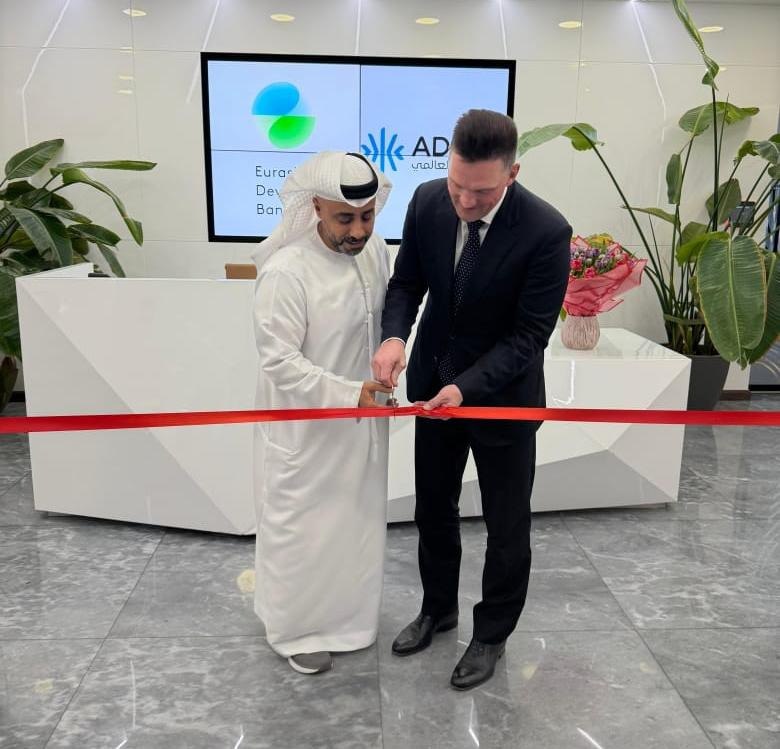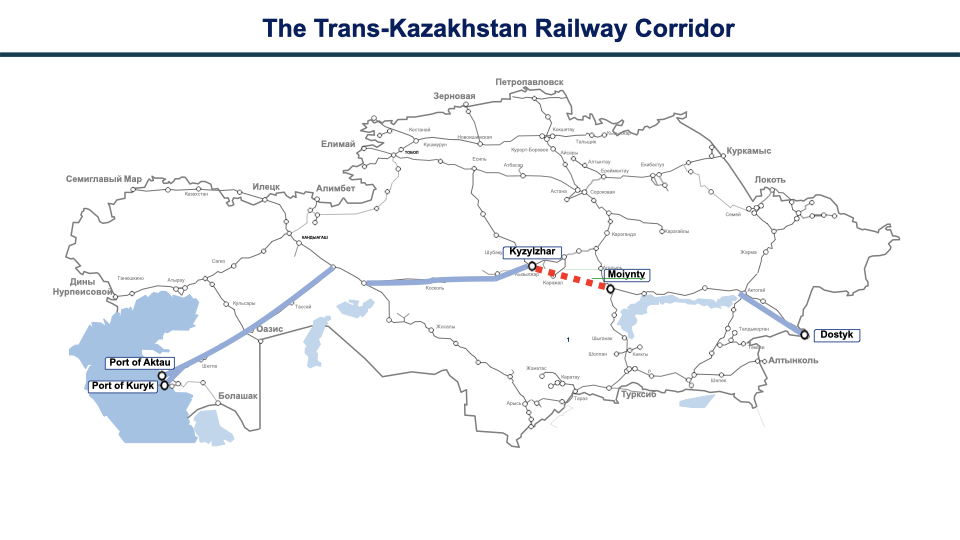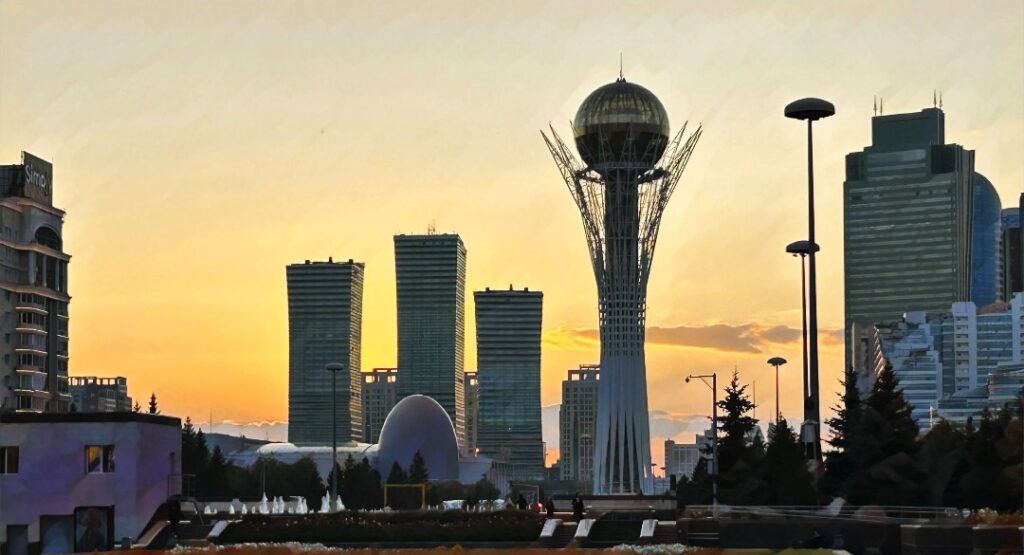On 6 June, the Eurasian Development Bank (EDB) announced that it is preparing a concept for the Eurasian Transport Network aimed at enhancing connectivity across Eurasia and stimulating economic development, trade and mobility in the region.
The EDB is a multilateral development bank with investments in the Eurasian states of Armenia, Belarus, Kazakhstan, Kyrgyzstan, Russia, and Tajikistan.
The Eurasian Transport Network is a system of international transport corridors and routes spanning over 50,000 kilometres. In 2023, five key corridors — the Northern, Central and Southern Eurasian Corridors, TRACECA (including the Trans-Caspian International Transport Route) and the International North-South Transport Corridor — carried 260 million tons of freight and 3.6 million international containers. According to the EDB, container traffic has tripled over the past decade.
Having mooted the notion of the Eurasian Transport Network back in 2021, the EDB is now poised to present a detailed concept of its development. Analysis has shown that the synergy of corridors is ensured not through their competition, but through the connection and complementarity nature of its routes.
The concept includes ten key elements, including addressing Central Asia’s challenges by making the region a transport crossroads, focusing on intra-regional connectivity, and providing a strong impetus to realize the region’s vast agro-industrial potential through new logistics and specialized rolling stock.
The EDB’s new report, titled The Eurasian Transport Network, also examines promising transport infrastructure development projects and initiatives, including cooperation between countries and multilateral development banks towards their implementation.
The report will be launched at the EDB Business Forum, scheduled for 27–28 June 2024 in Almaty, Kazakhstan.









